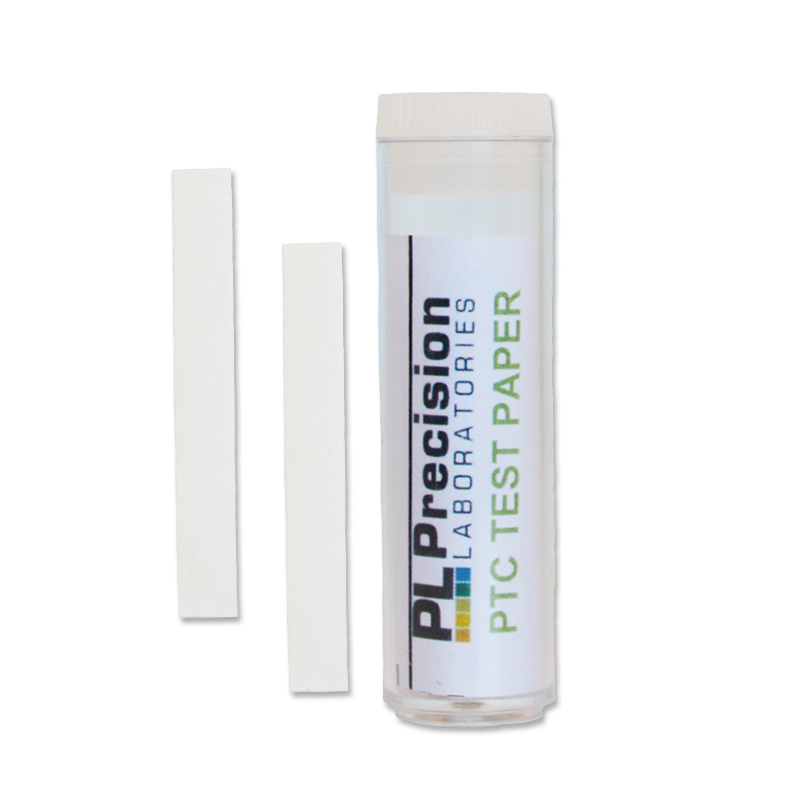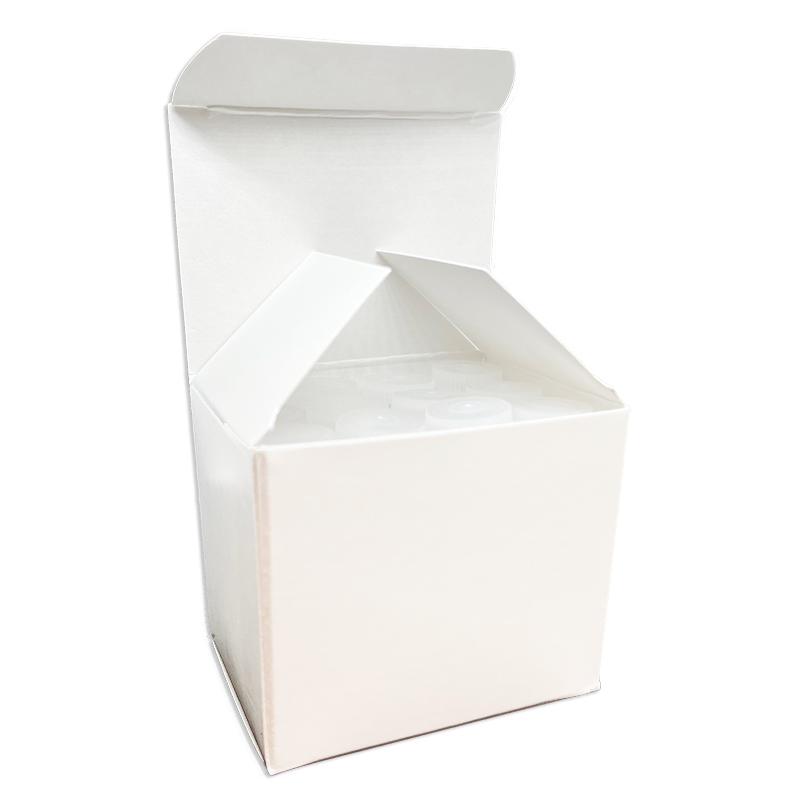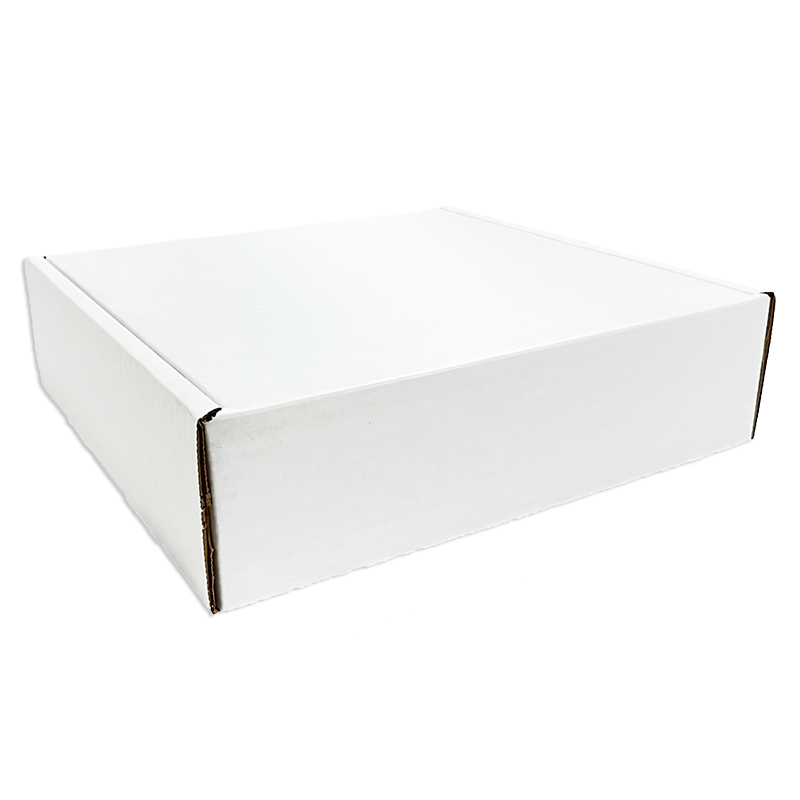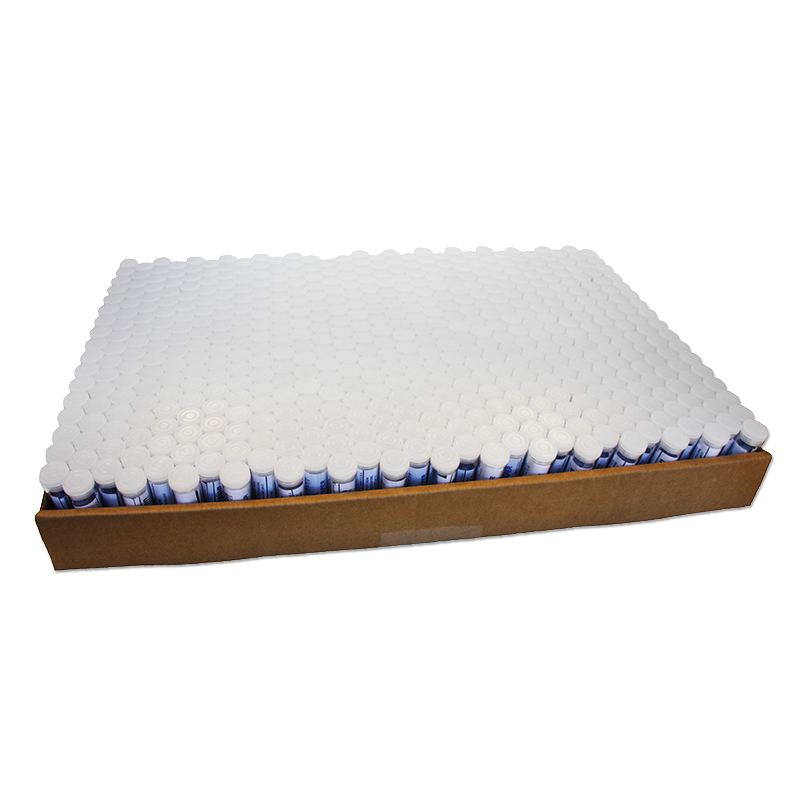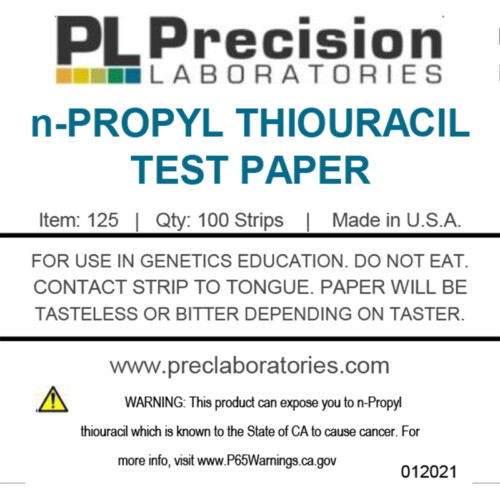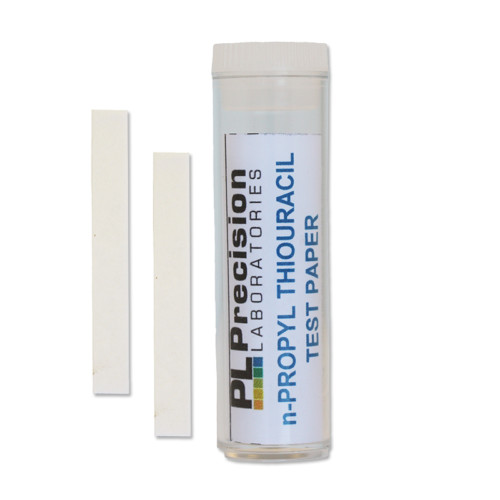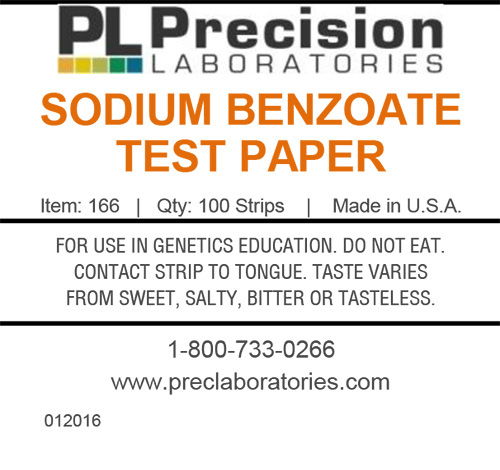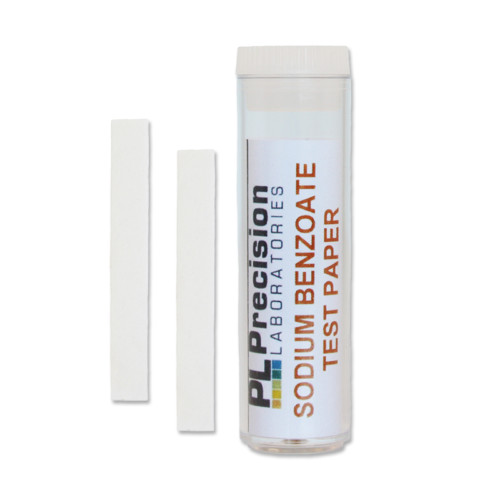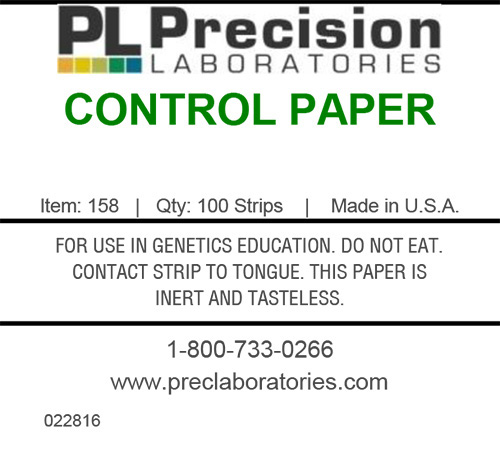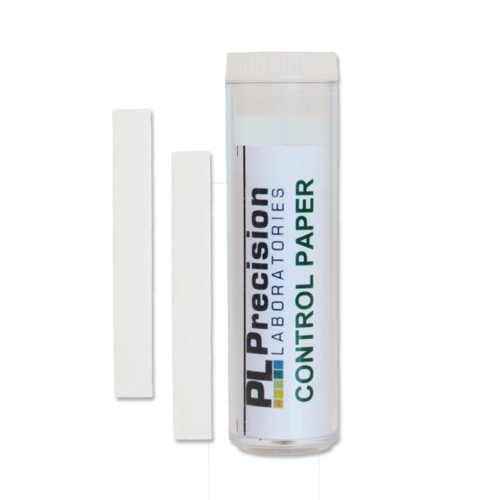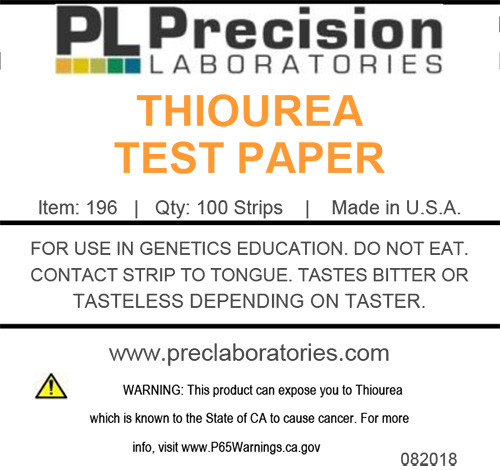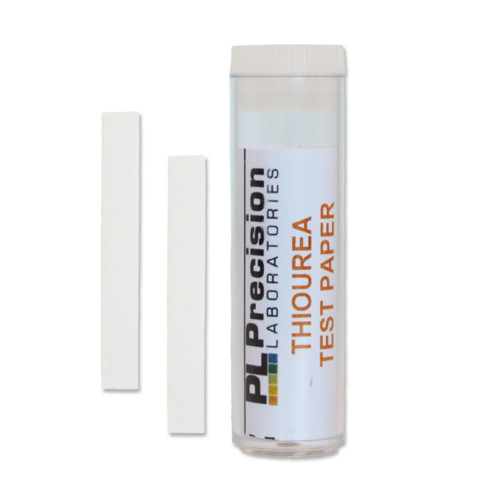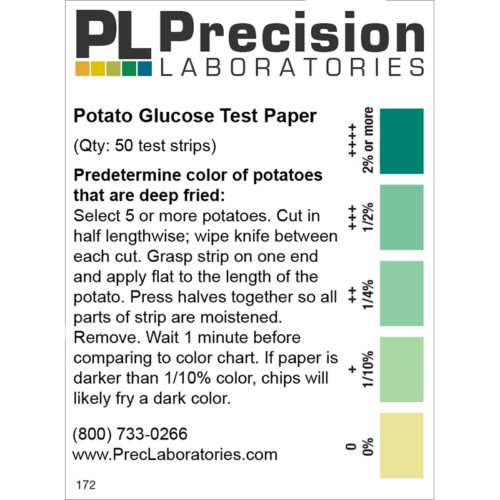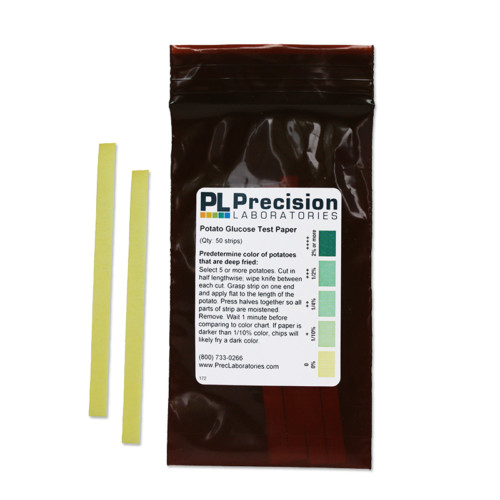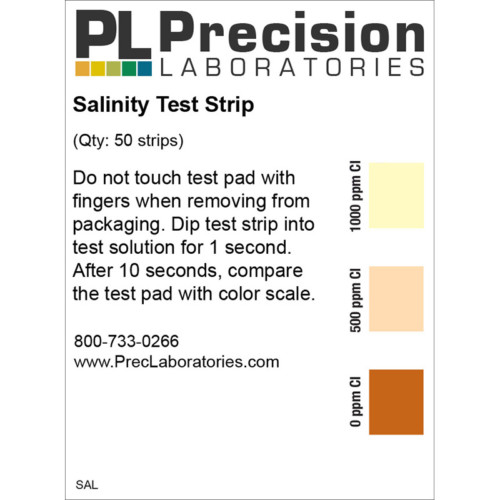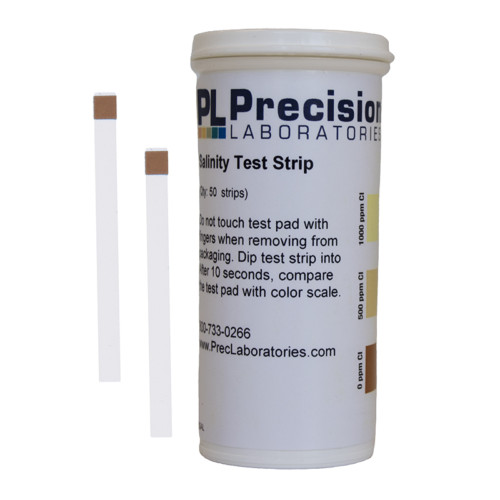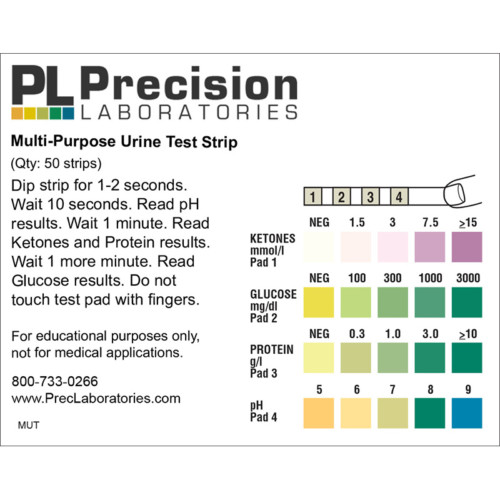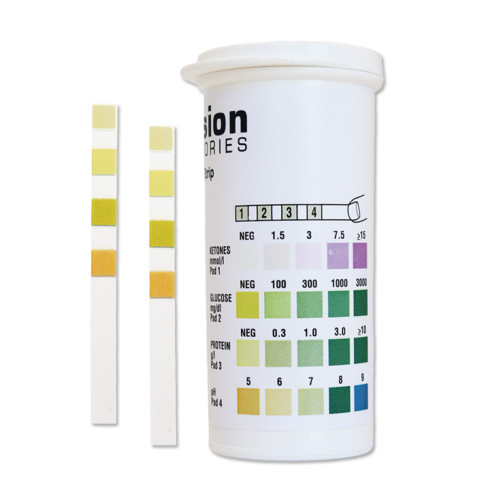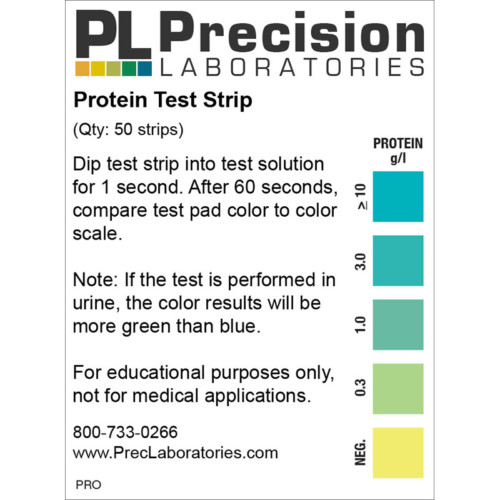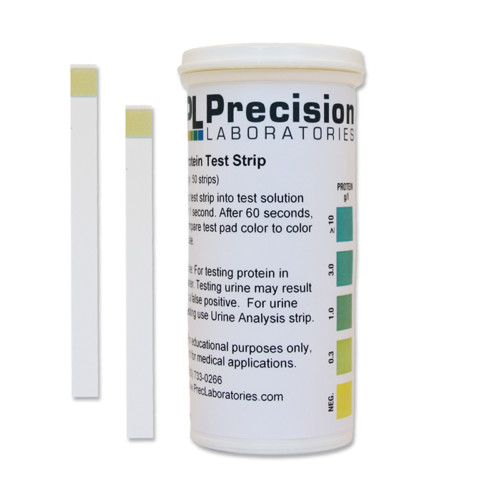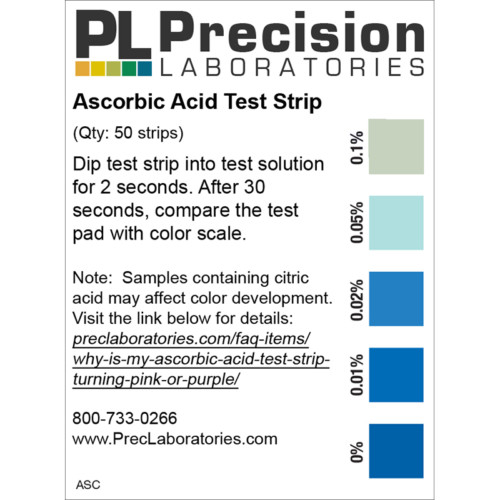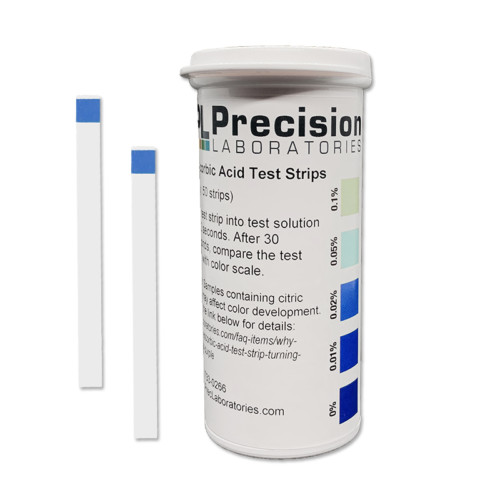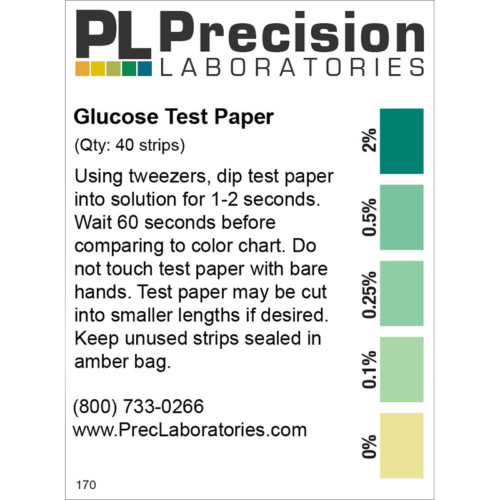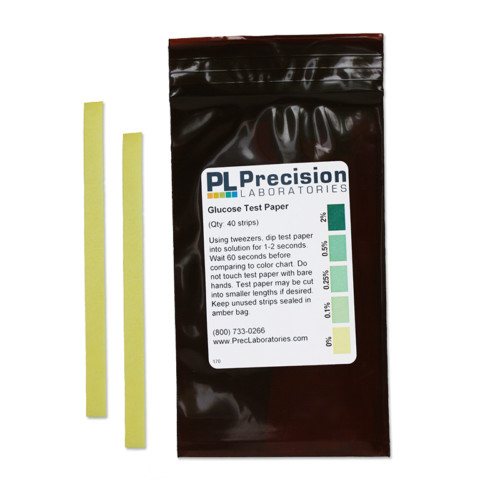PTC (pheylthiocarbamide) taste test paper test for the genetically controlled ability to taste this substance. This will allow for the development of a Pedigree for an individual. PTC can taste bland, bitter or even vile depending upon how sensitive your taste buds are to this chemical. The bitter taste detected by some individuals, and its intensity, depends upon a homozygous dominant or heterozygous condition in the individuals tested.
PTC Taste Test Paper is perfectly safe to use. Any possible toxicity of PTC would be in grams per kilogram of body weight, which is millions of times greater than anything which would be found in our taste test strips. Phenylthiocarbamide (PTC) is present at only 20 micrograms per strip. At this level, the compound is negligible and harmless.


